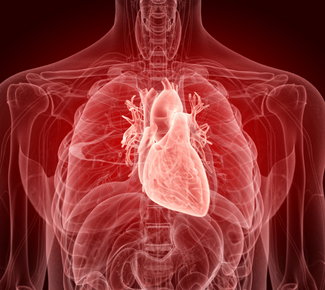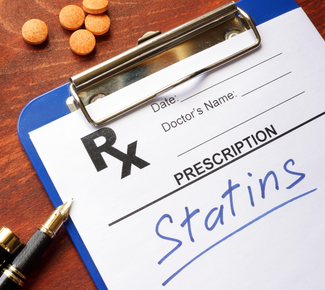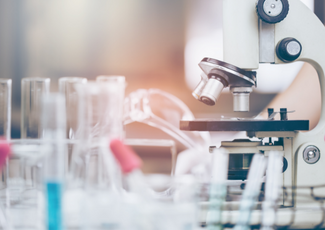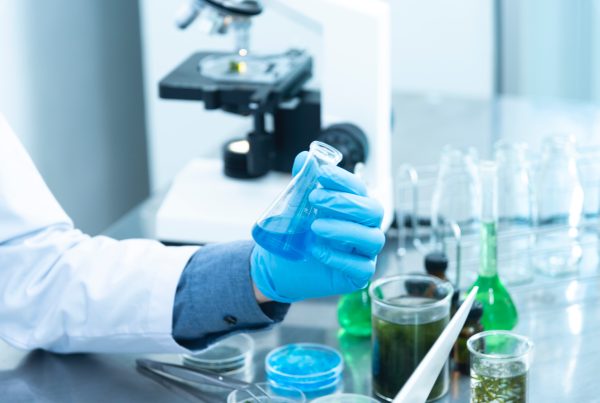
*Information gathered from the FDA Biomarker Qualification Program. See References.
What Exactly is a Biomarker Anyway? Part II
Blog written by John Kalns
DISCLAIMER: THIS WEBSITE DOES NOT PROVIDE MEDICAL ADVICE
The information, including but not limited to, text, graphics, images and other material contained on this website are for informational purposes only. No material on this site is intended to be a substitute for professional medical advice, diagnosis or treatment. Always seek the advice of your physician or other qualified health care provider with any questions you may have regarding a medical condition or treatment and before undertaking a new health care regimen, and never disregard professional medical advice or delay in seeking it because of something you have read on this website.


Recap
Our last post was part one of “What Exactly is a Biomarker Anyways?” – a two-part series describing what biomarkers are and how they help science and medicine. We ended Part I with the discussion of one of the biggest changes over recent years: the ability to quantify physiological phenomena (meaning we can now use numbers to measure health). With that in mind, here’s part two.

Let’s Talk About Lipid Panels
Let’s consider a relatively modern biomarker, so we can better understand how biomarkers are developed and used. A good example is the modern lipid panel and its predecessor, cholesterol. These biomarkers are used extensively to prevent and manage heart/vascular problems.
First, let’s travel back in time and take a look at where things were a few centuries ago. Here’s a brief rundown, truncated and simplified for readability.


Early Biomarkers of Heart Disease
Long ago, before there were blood tests, physicians realized that some people had heart problems. Clinical signs (or biomarkers) consisted of experiencing pain around the area of the heart, and the pain often occurred during physical exertion. An important observation was made: people presenting with these symptoms usually did not have long to live.
These are the early, largely subjective biomarkers that have been used before the advent of modern medicine.

The Discovery of Fatty Plaques
Later, a striking feature was found upon examining and comparing “normal” hearts with those recovered from people that died of a heart attack: an accumulation of fatty plaques in the heart, particularly in the main arteries that supply blood (and thus oxygen) to the heart muscle. In many cases, the buildup in the vessels was so great that essentially no blood flow was possible.

So this discovery posed a couple of questions:
- Could the accumulation of fatty plaque be the cause of early death by heart attack?
- And more importantly, if the fatty plaque accumulation could be prevented, would the incidence of heart attack be reduced significantly?





Cholesterol and Heart Disease
The composition of fatty plaques was found to be high in cholesterol – a molecule made by the liver, but it’s also present in food. It took many decades to develop the analytical methods that enabled the discovery of cholesterol and its measurement in blood and tissue.
Cholesterol plays an important role in stabilizing cell membranes (and as a precursor to hormones); thus some small amount is necessary to maintain healthiness.
Compared to healthy people, in many (but not all) cases, individuals with heart disease were observed to have elevated levels of cholesterol in the blood.

Statins Say What?
Now let’s move a little forward in time – to the discovery of statins. According to the Cleveland Clinic, “Statins are prescription medicines that people take to bring their cholesterol down to normal levels.”
Statins work by inhibiting one of the important enzymes in the liver that facilitates the production of cholesterol. Statins do more than reduce levels of cholesterol in the blood: they prevent the buildup of plaques, reducing the risk of an early heart attack.


They are effective, safe, and cheap, and are among the most widely prescribed classes of drugs used today. Physicians use measurements of values of biomarkers from the lipid panel blood test to determine if someone will benefit from treatment with statins. By periodically measuring cholesterol in patients’ blood, physicians could verify that patients were taking the drug as prescribed and that the medication was having the intended effect.


But Wait – There’s More.
Yet, some people still die from heart attacks and show evidence of fatty plaques in their hearts, even when statins kept their cholesterol levels in check. Clearly this is not the end of the story.
In studies (often involving thousands of patients), it has become clear that some patients tend to “package” their lipids a bit differently than others. The “packaging style” refers to the HDL and LDL as well as other related biomarkers that may be found on a blood test.
Based on these discoveries, new drugs have been developed that can alter the way the liver packages lipids, leading to even greater protection against heart disease and heart attacks.



Biomarkers Defined
In their article What are Biomarkers?, authors Kyle Strimbu and Jorge A. Tavel, M.D. cite the 1998 National Institutes of Health Biomarkers Definitions Working Group’s definition of biomarker: “a characteristic that is objectively measured and evaluated as an indicator of normal biological processes, pathogenic processes, or pharmacologic responses to a therapeutic intervention.”


Understanding the Reference Range
Biomarkers are validated by comparing the levels observed in persons with a specific disease or physiological condition against those that are observed in persons considered to be “healthy” or “normal”. Normal values typically have upper and lower limits (called a reference range). Values that fall outside of the reference range may indicate a medical problem. The normal levels are based on statistics.


The Role of Biomarkers
Biomarkers play an important role in the discovery of new medical treatments. They can provide insight into the role that lifestyle plays in health. Periodic measurement of biomarkers can show if a medical treatment or lifestyle intervention is working as intended, and biomarkers can be used to diagnose disease and develop treatment strategies.

Wrapping Up
And finally, biomarkers are driven by scientific discovery. Over time, as science moves forward and our understanding of health expands, new biomarkers will be discovered. Still, some biomarkers may fall into disuse because they don’t predict disease as well as newer ones.




Additional Reading
This short blog only scratches the surface. I would suggest reading this excellent description of how biomarkers are developed and used in modern medicine. Another great resource is the FDA and NIH November 2021 consensus statement, detailing a wide description of biomarkers and other tools that provide information and how they are used.


Did you find this post helpful and informative? If you did, let us know — hit the ‘Like’ button or click the buttons below to share this post on Facebook, Twitter, or LinkedIn, or save it to your Pinterest board!
You can also share your thoughts with us by leaving a reply at the bottom of this page. And be sure to take a look at our other blog posts here!
Check out our Contact Us page for our info.
References




